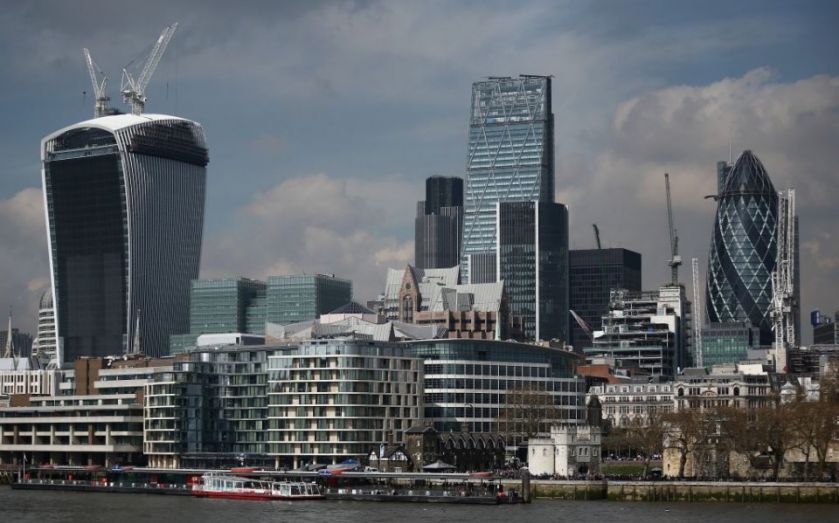We must embrace tall buildings if we’re to build the homes we need and protect the greenbelt

Ask Londoners what needs to be done to build the homes and work space required for the capital’s future, and you’ll get a range of different answers.
Make use of empty houses and identify brownfield sites owned by public bodies are two of the most popular. Everyone has a view, and quite rightly so, but everyone also agrees that we must provide sufficient space for an ever-expanding population.
At City Hall, we have been very clear about the challenge facing the capital. In the next 15 years, London will be home to 10m people and that figure is expected to skyrocket to 11m by 2050. It is therefore critical that we build 49,000 homes a year to meet demand – but it doesn’t end there. The capital will need to find offices and work space for 860,000 new jobs over the next 20 years as well.
So what do we do about it? Rather than burying our heads in the sand and turning our noses up at different suggestions, we’ve got to think differently. We have to be creative and find innovative ways to build the homes and work spaces we need to ensure we are prepared for the future.
Those Londoners who say we must look at maximising the use of publicly-owned land are right, and we are doing so. We’ve identified 200,000 homes across east London that can be unlocked on brownfield sites with the right infrastructure.
But that’s just one part of the equation. Another is additional height and density.
Not for the first time, tall buildings in the capital are attracting media debate and some criticism. But tall buildings in the right places can be part of the solution. Crucially, if we are genuinely serious about preserving our greenbelt at the same time as managing London’s population explosion, we will need to continue to build upwards.
Tall buildings can create real value and provide the density so badly needed in a rapidly-growing city. They are not just suitable as bases for the thousands of new companies requiring office space in the capital each year, but as homes for Londoners too.
Of course, it is important that they are planned for and located in the most appropriate areas, and that they contribute positively to the world-class architecture of the capital’s skyline.
But we have the processes in place to ensure that this happens. Tall buildings must meet the strict guidelines laid out in the London Plan and are subject to rigorous scrutiny processes. Our aim is to achieve the right balance between building more homes and offices and protecting the heritage and character of our city.
We work closely with the London boroughs and Historic England to identify suitable locations, preferably in planned clusters, and to ensure tall buildings are of the very best architectural design. Further, City Hall has been clear that the vast majority of the city does not contain tall buildings and never will do.
But if we are to build for the future of the capital, we must accept that, in planned clusters and in accessible locations, tall buildings can and do make a positive contribution.
Sir Edward Lister is the mayor of London’s chief of staff and deputy mayor for planning.